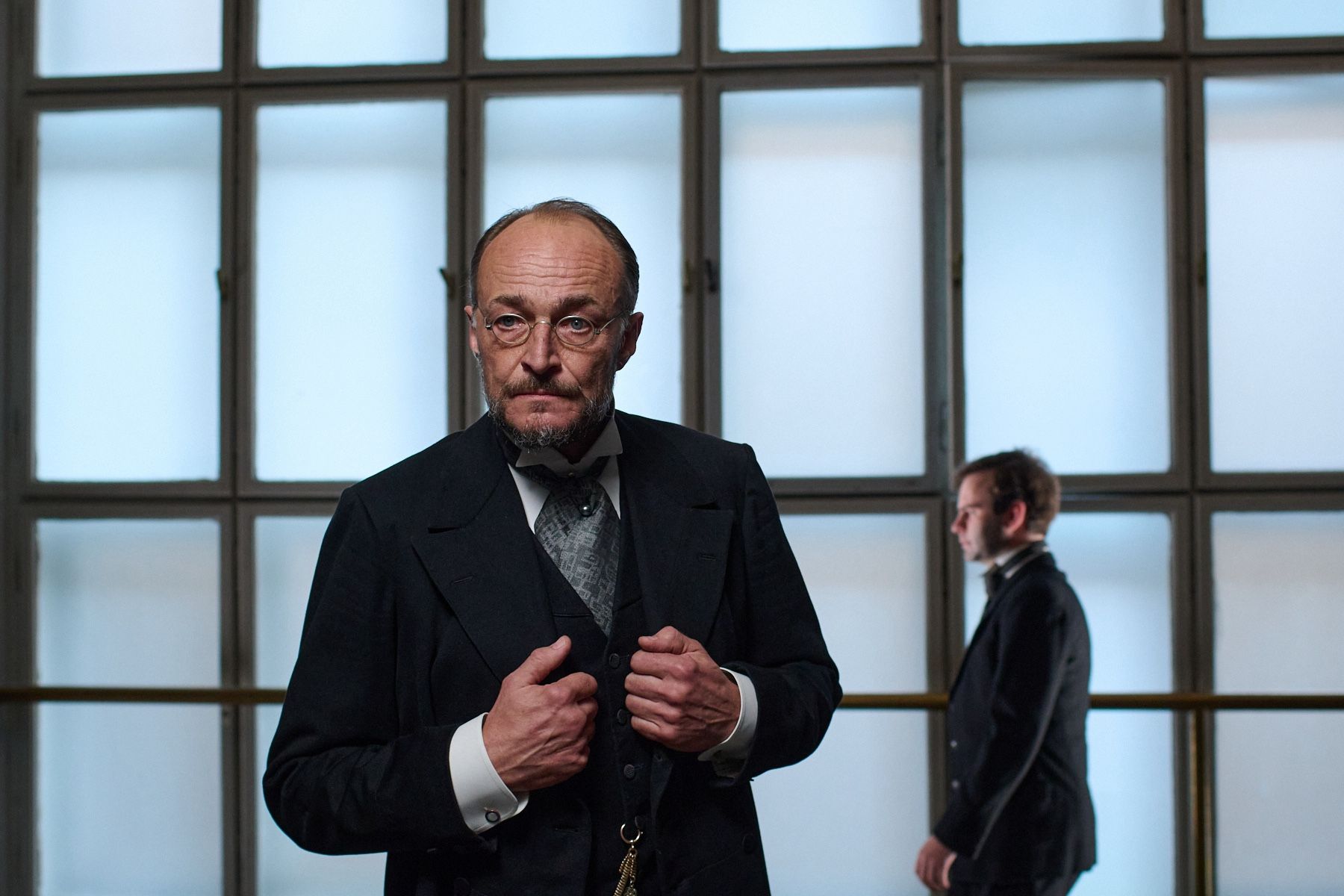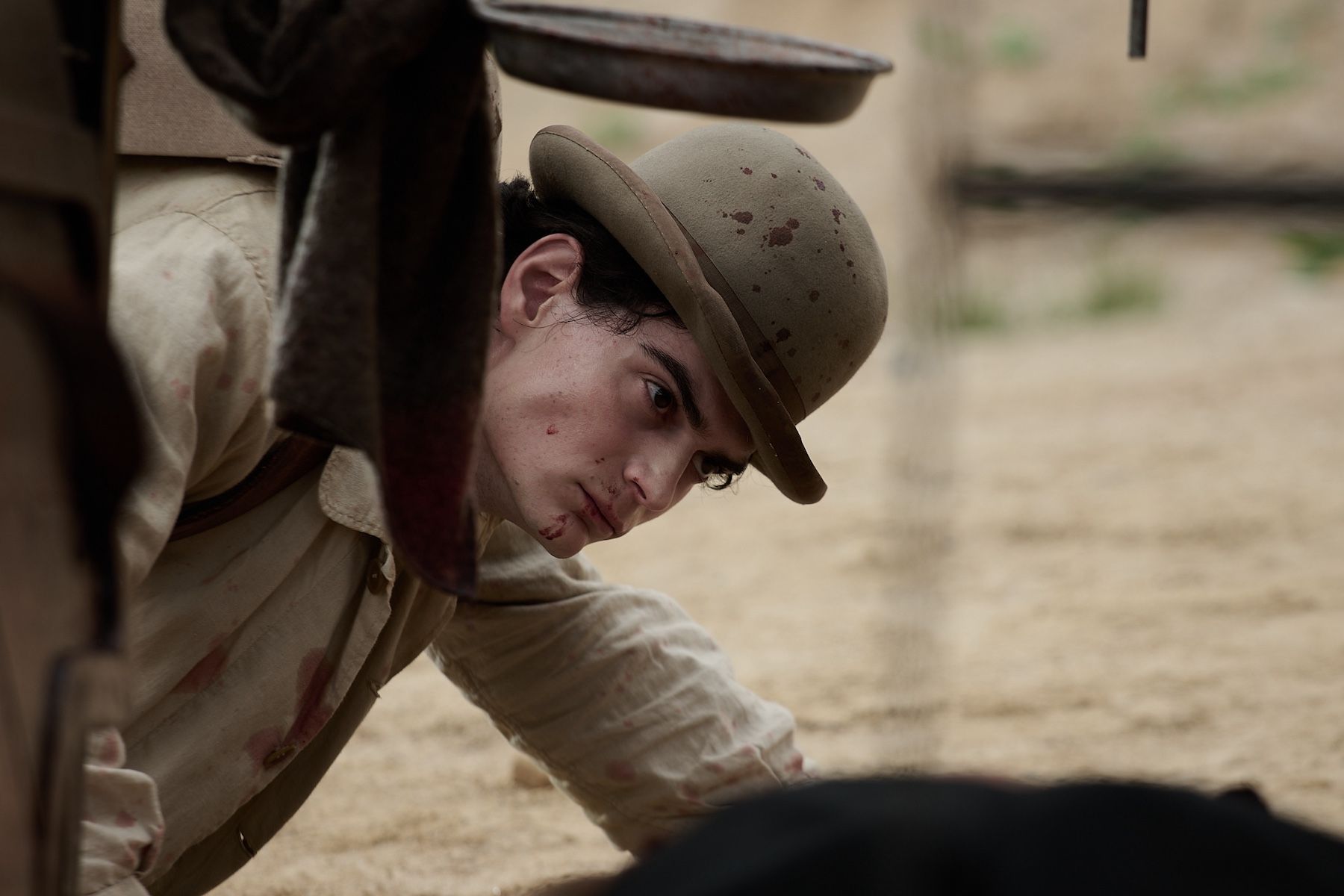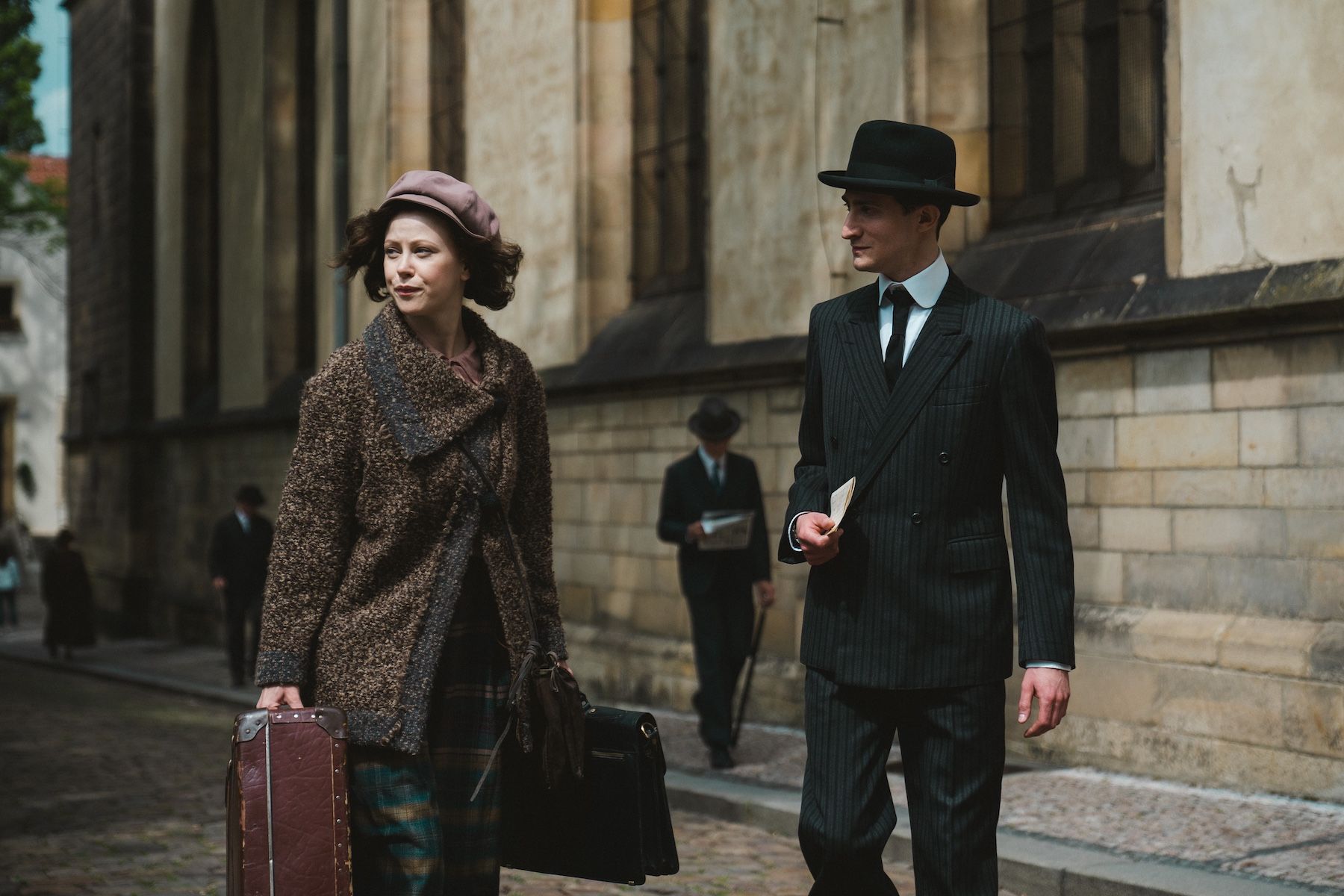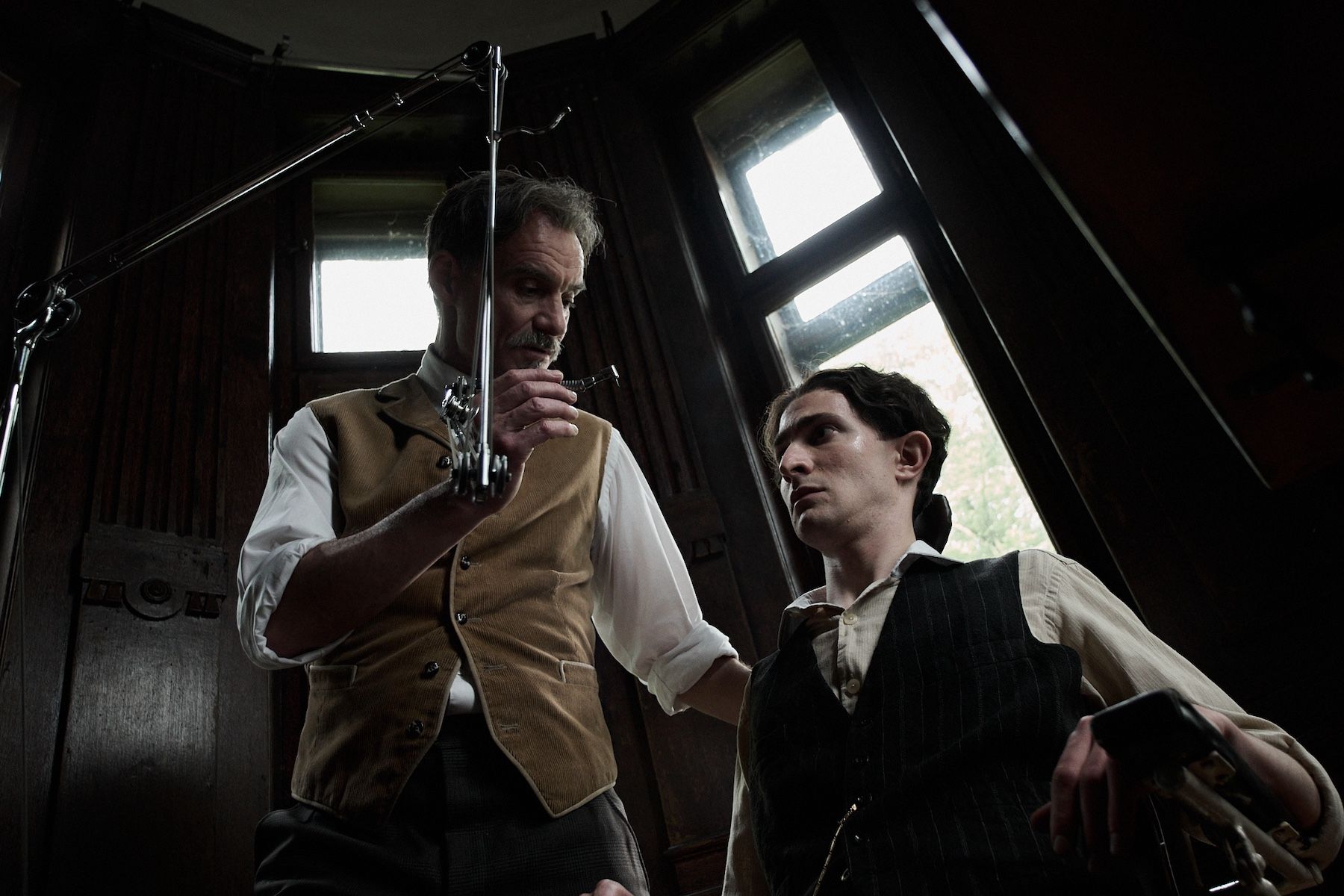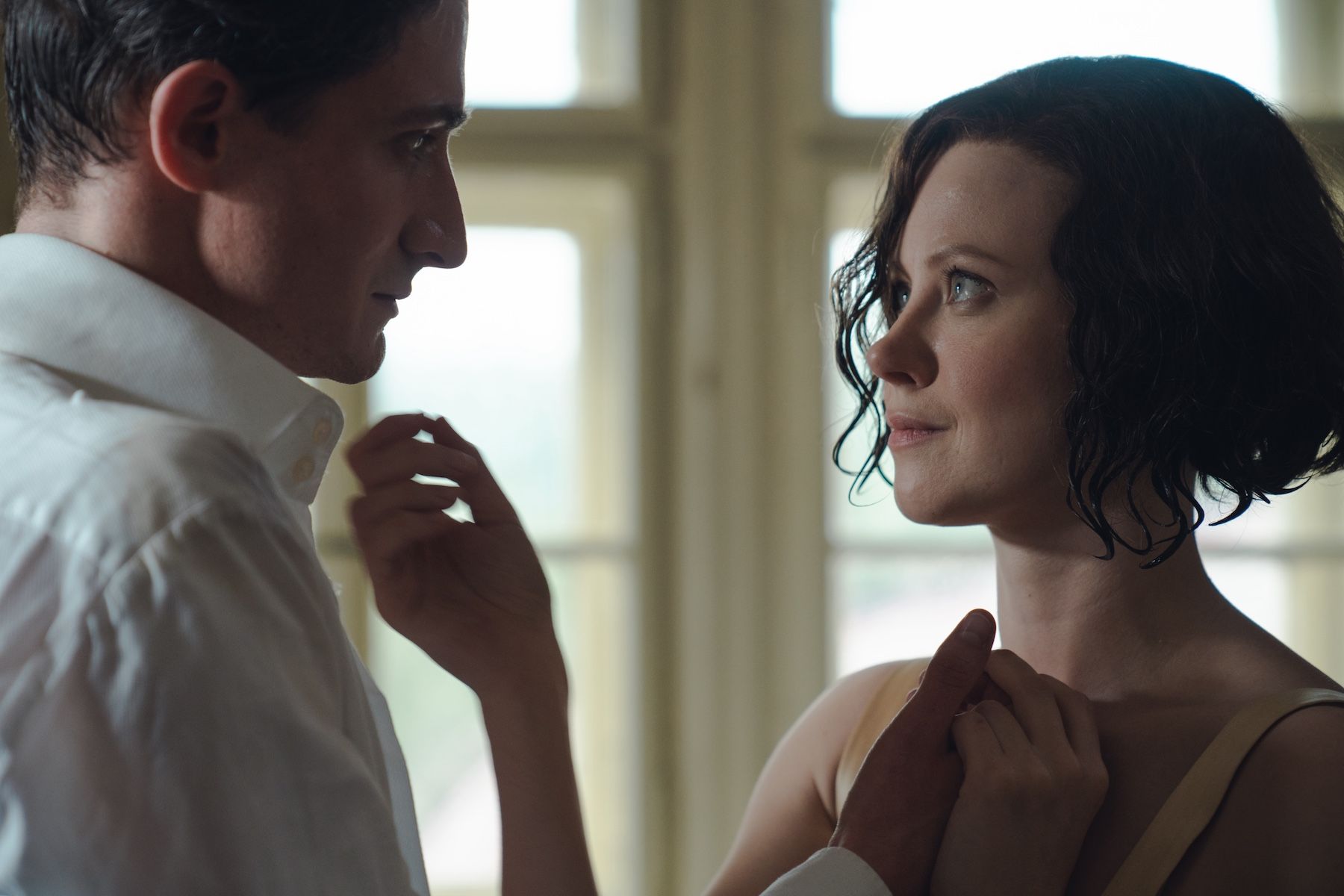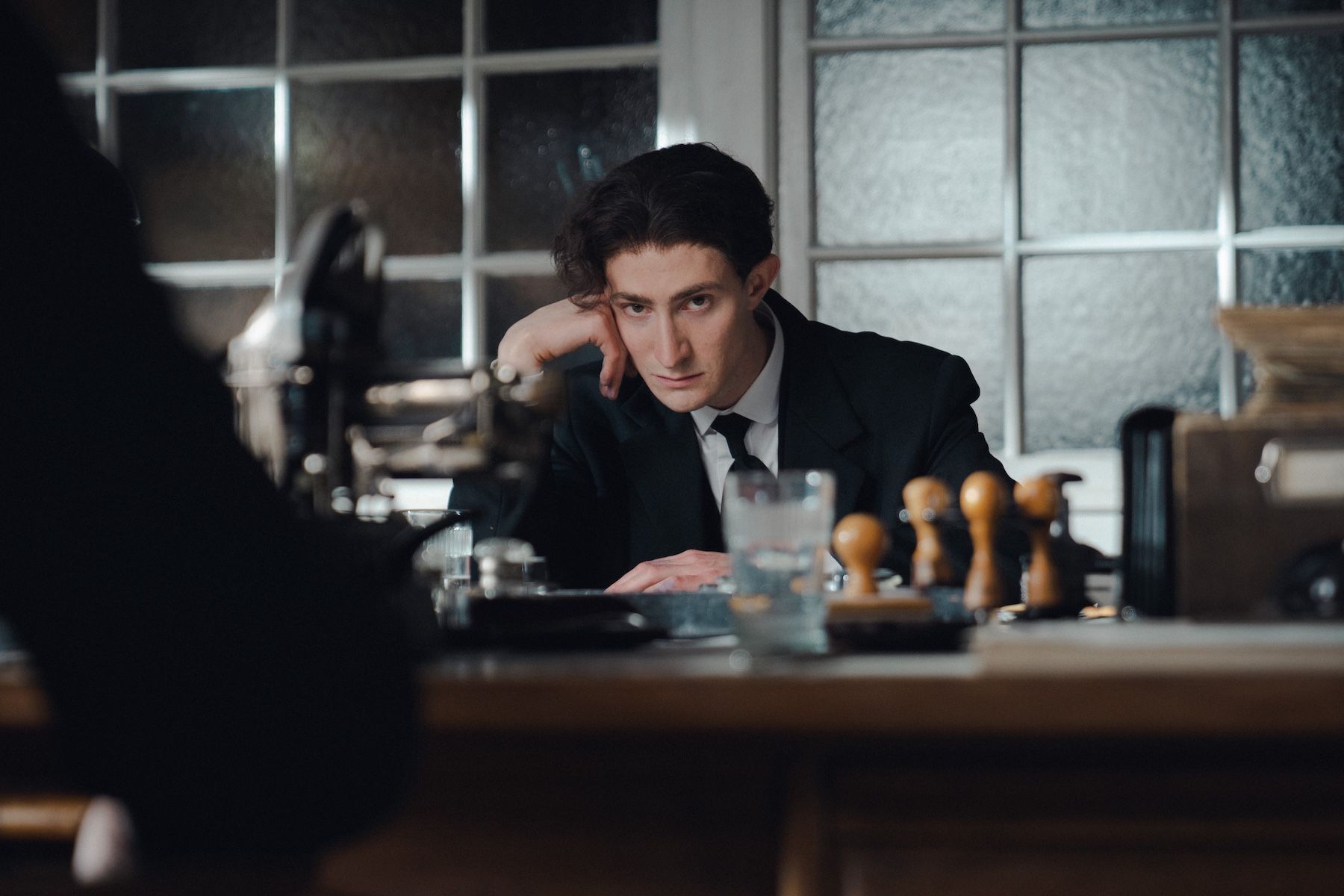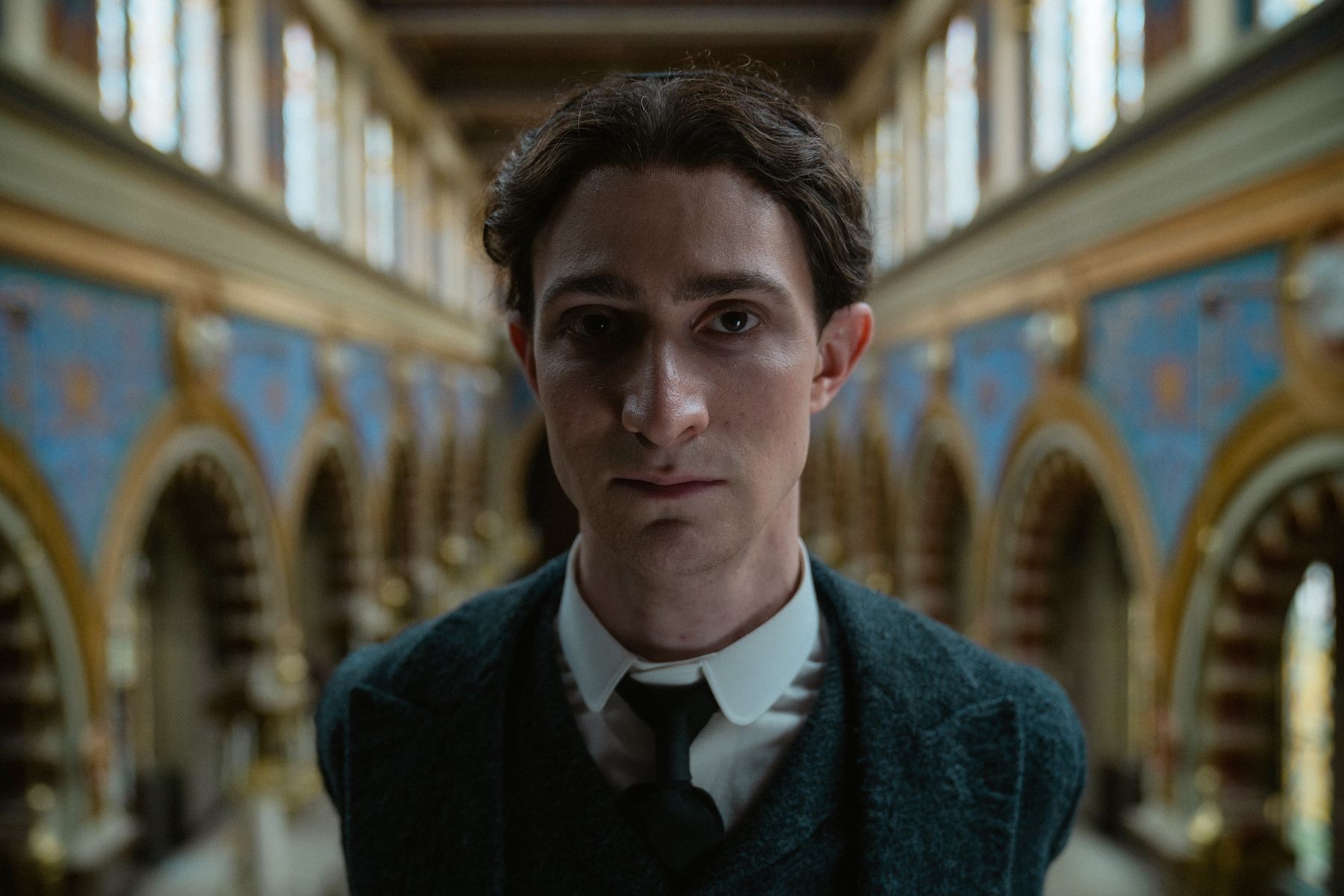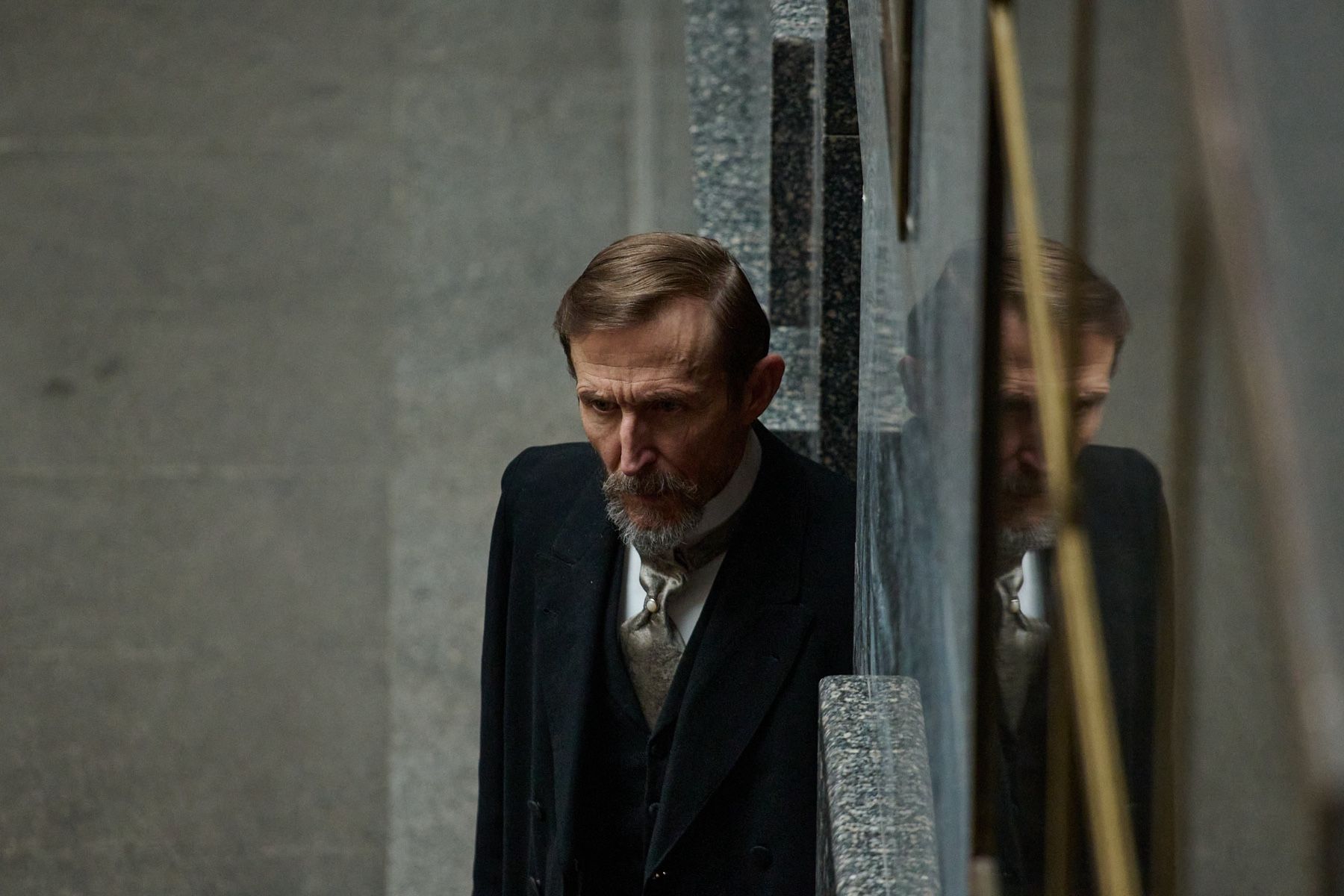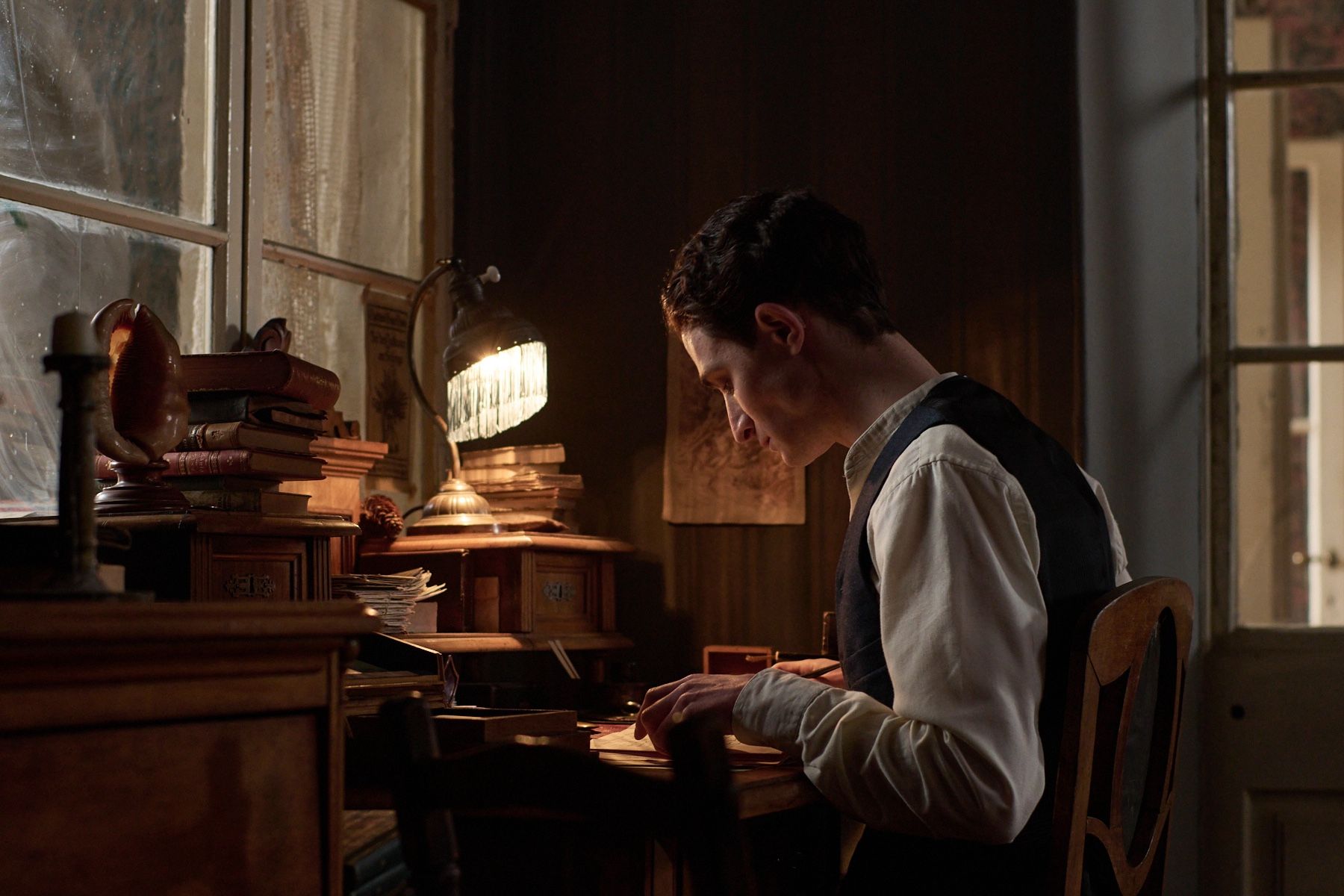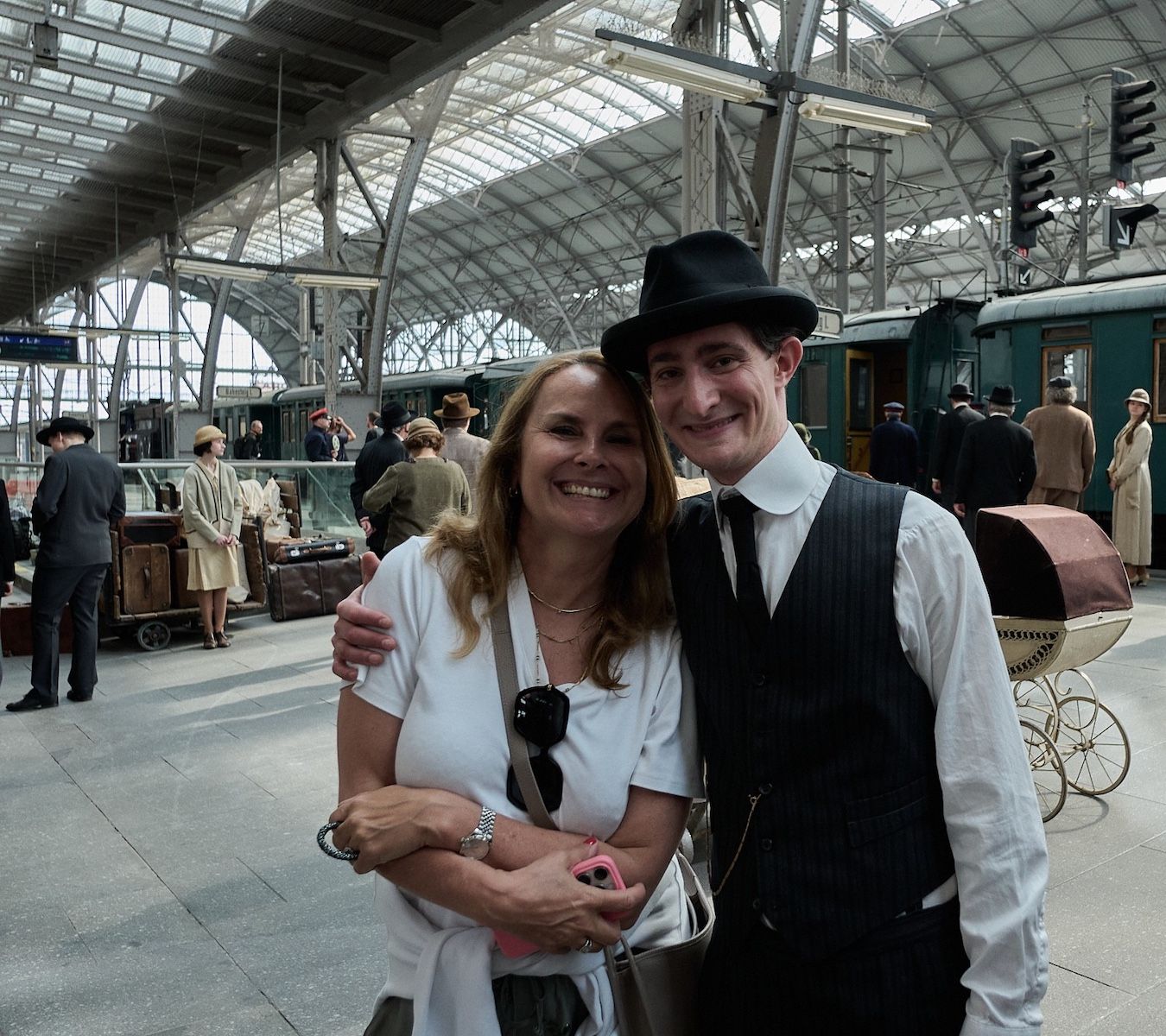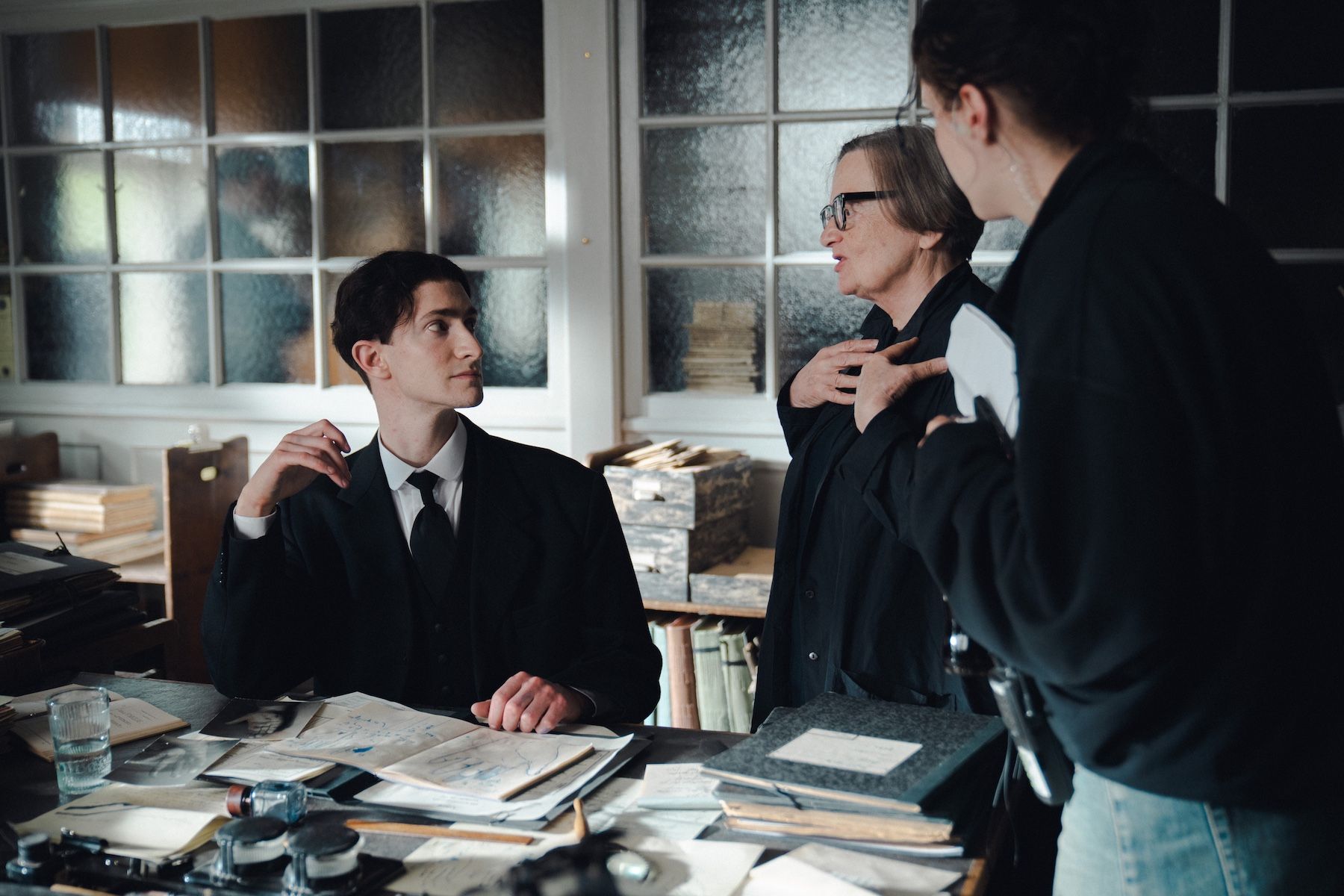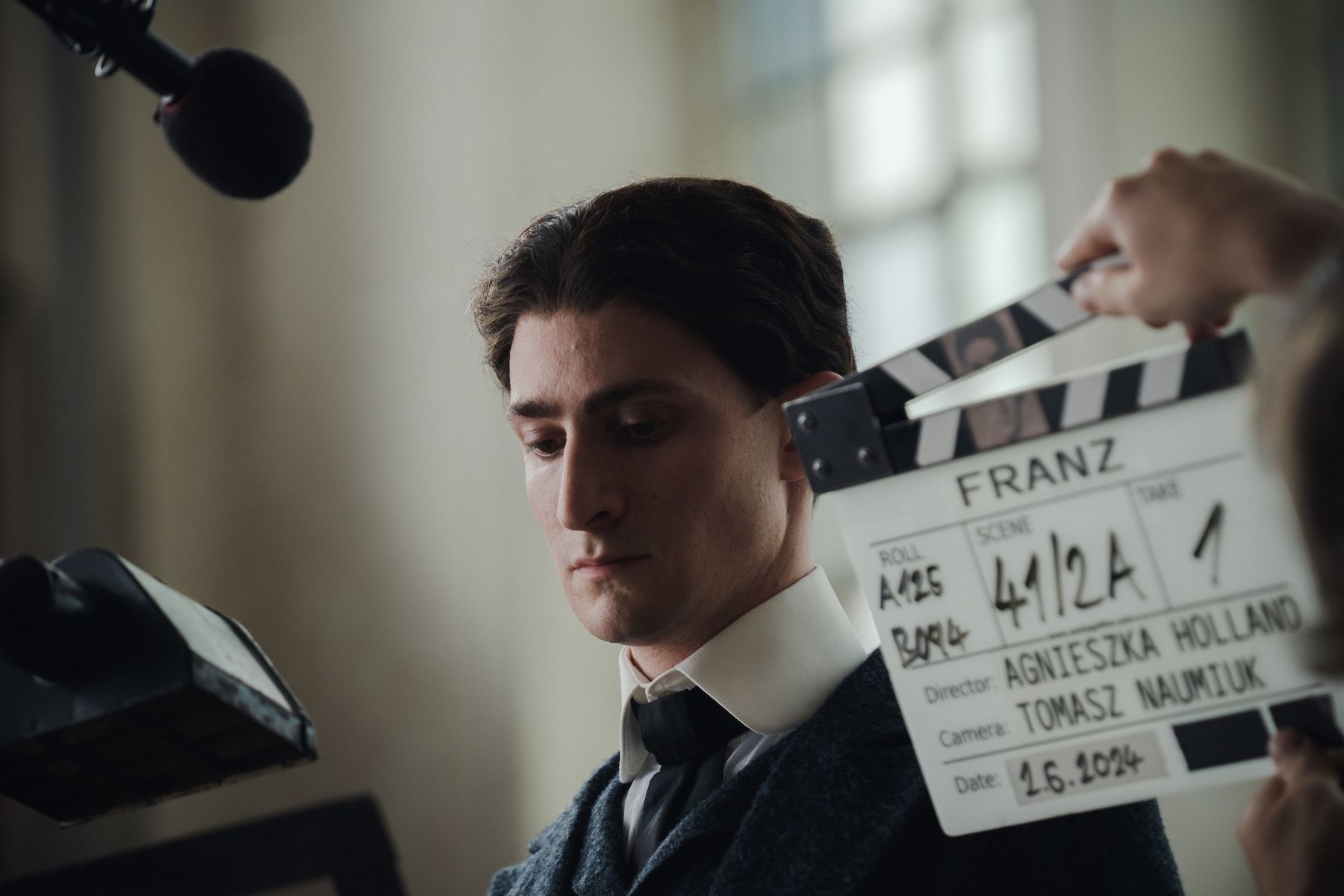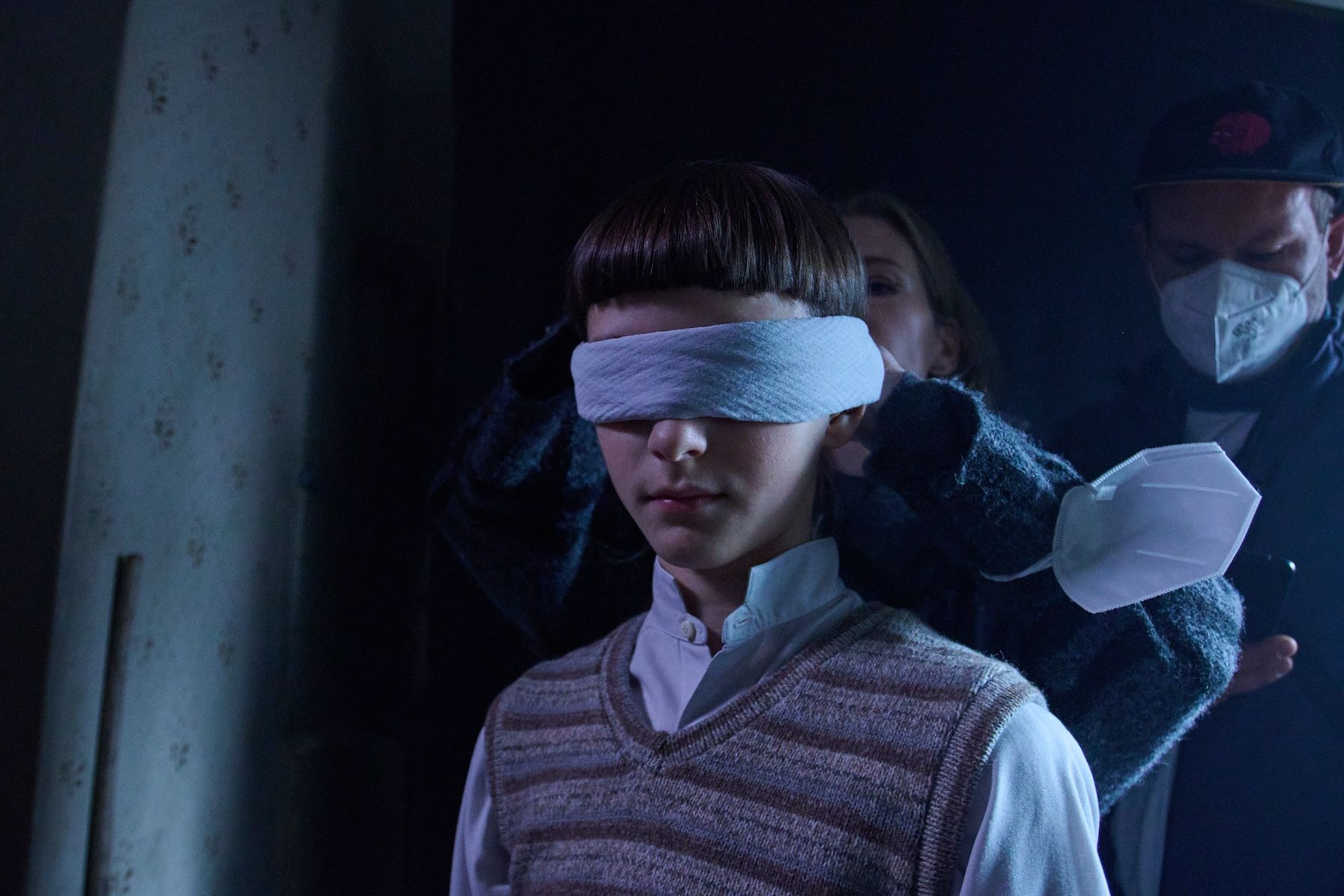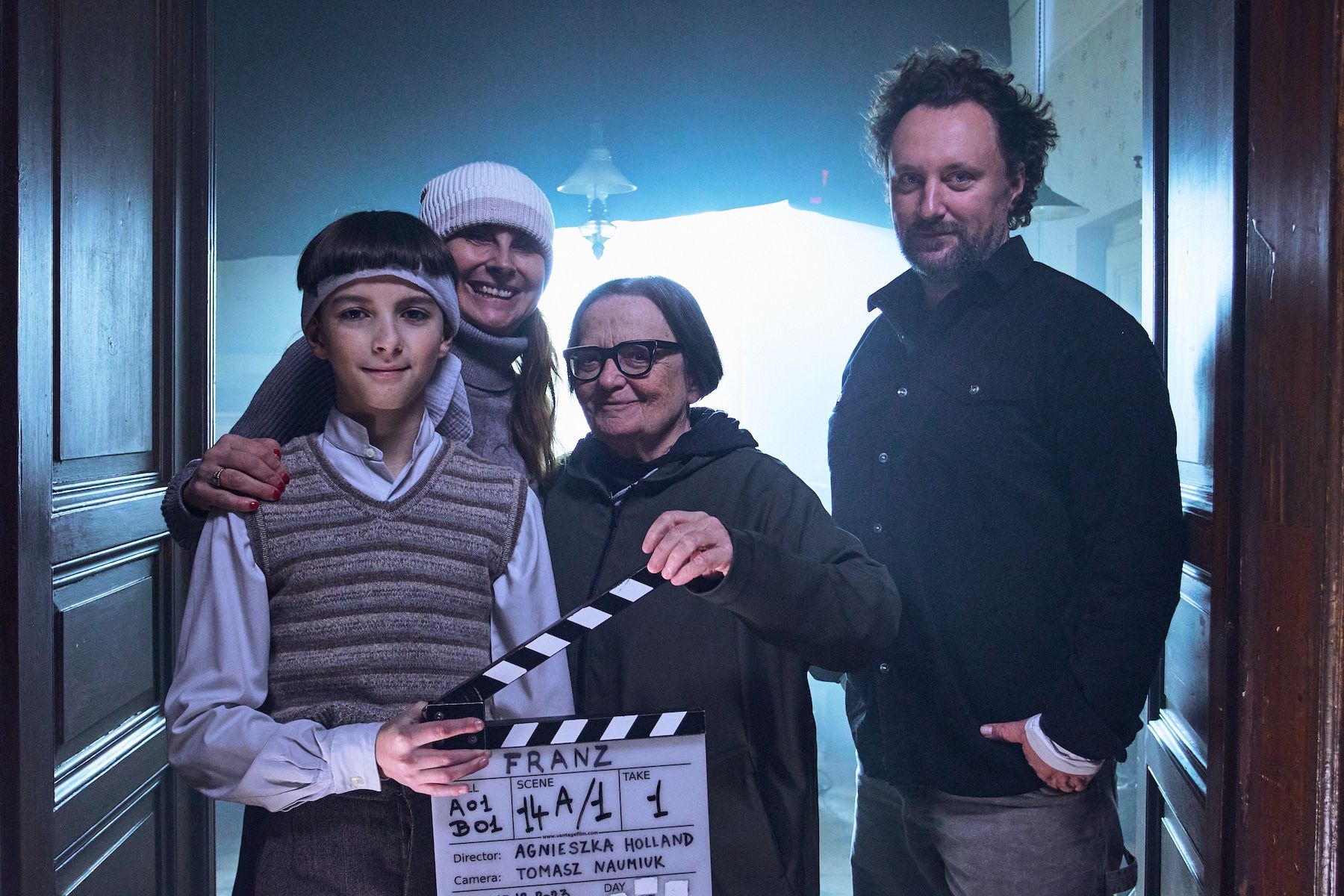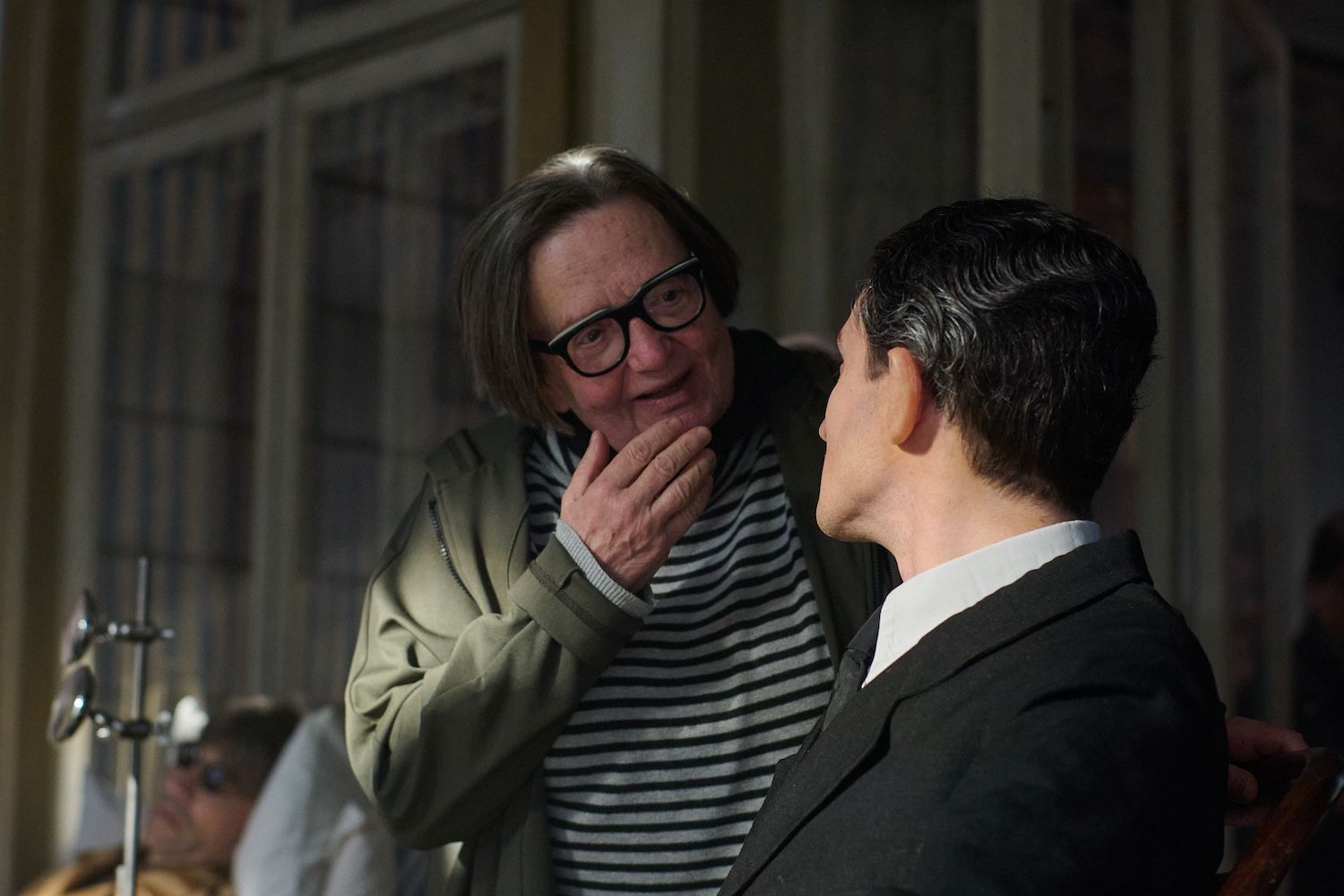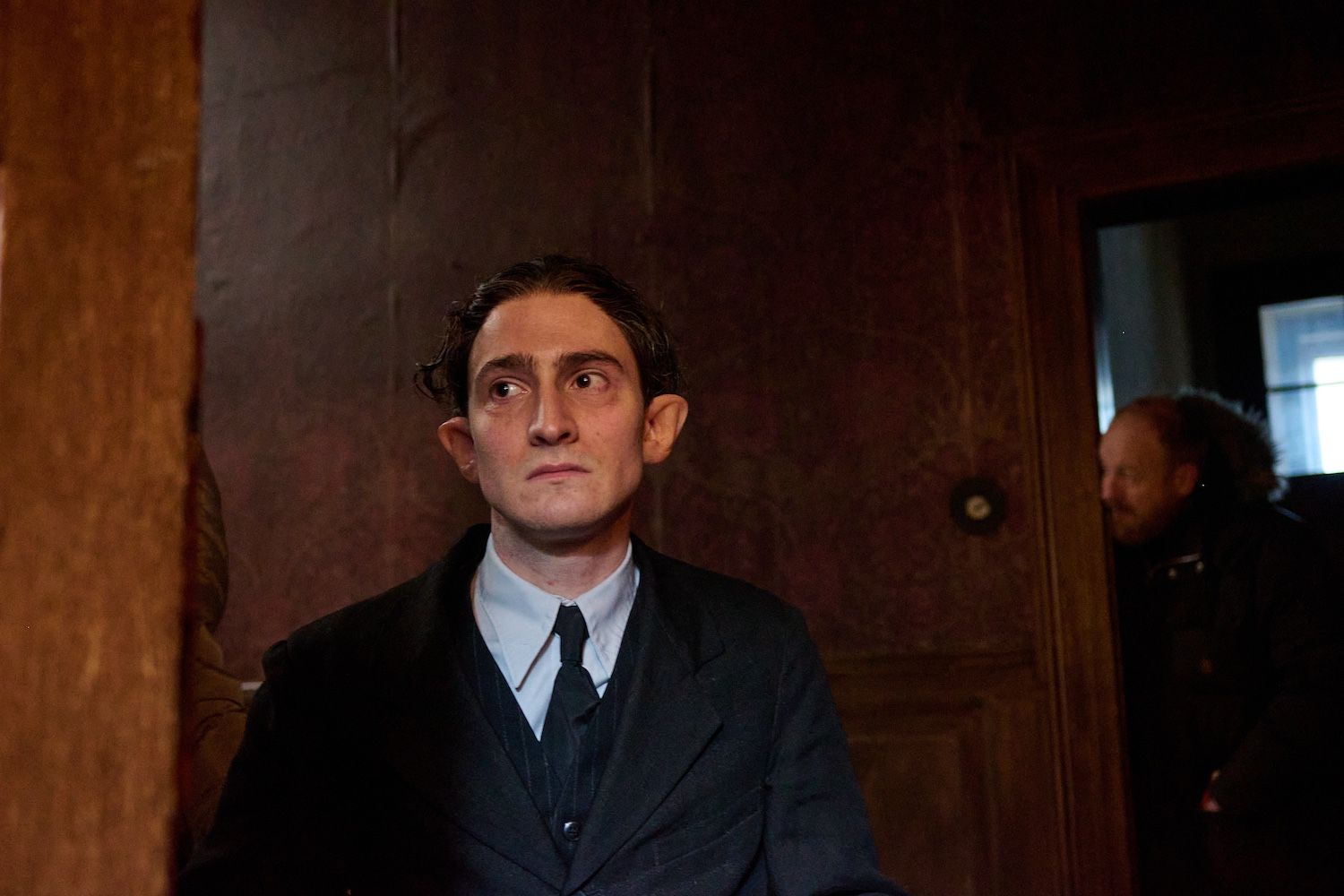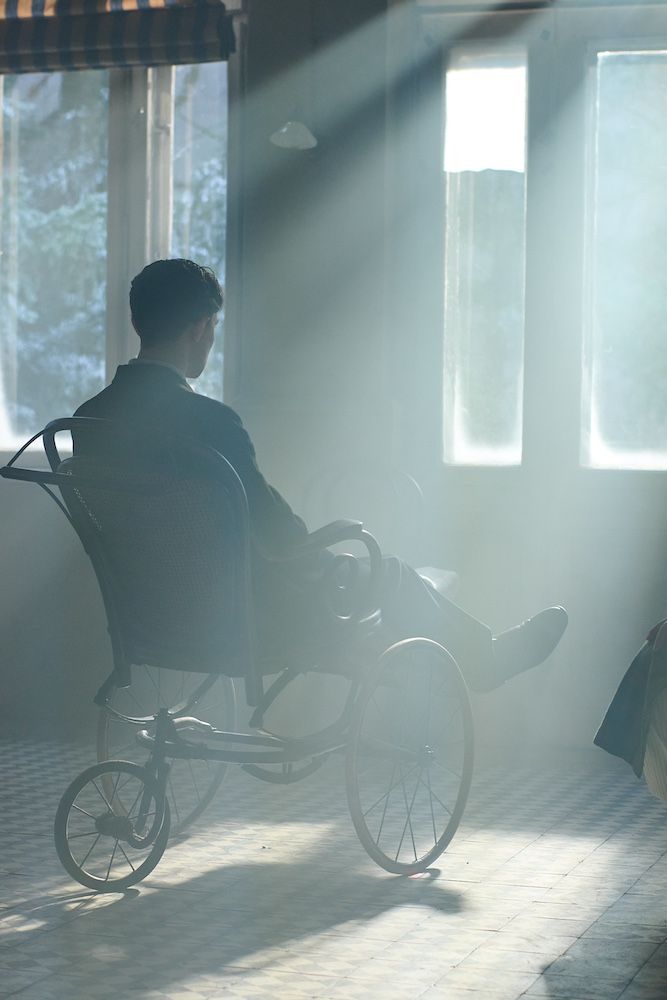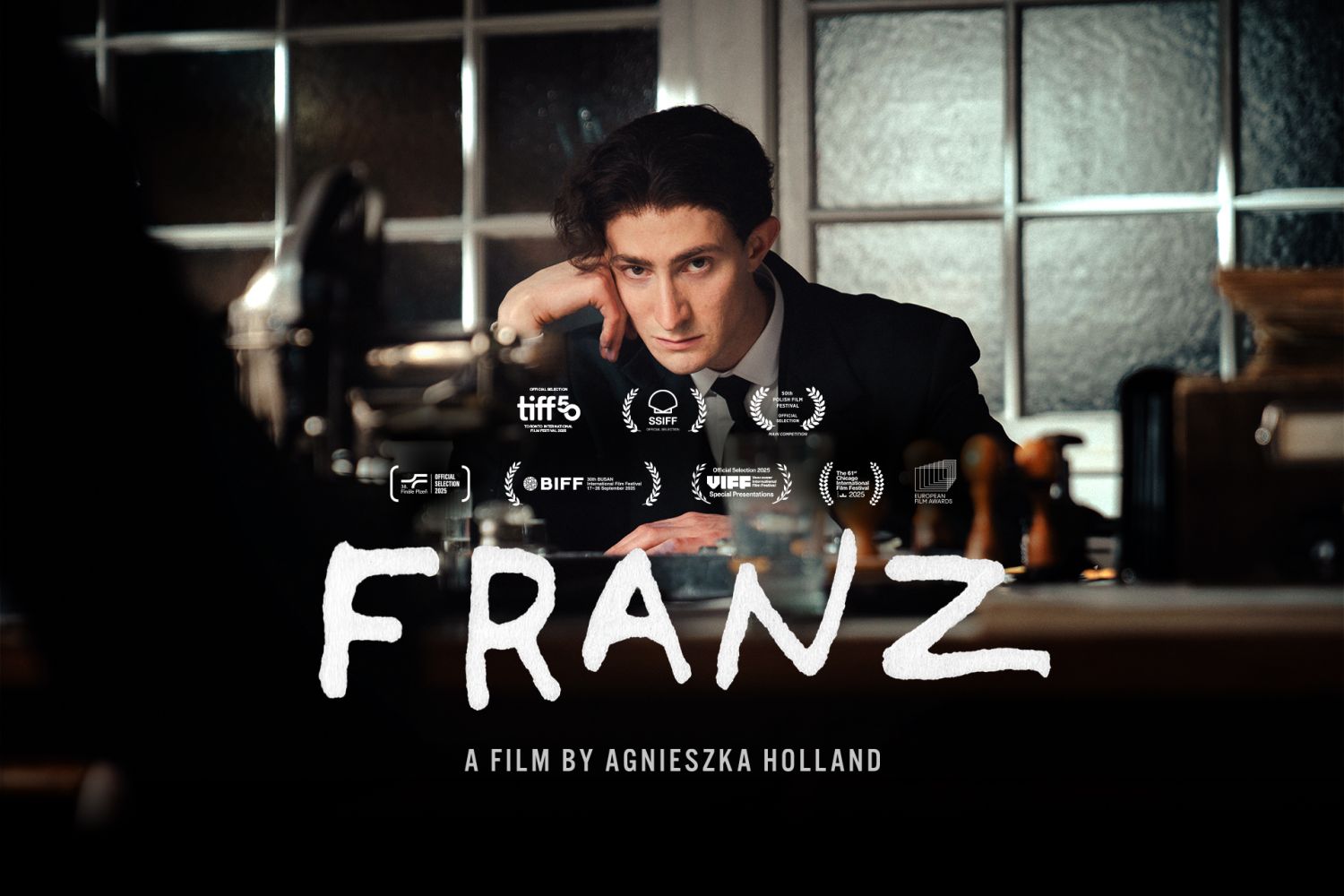
Franz
A compelling story inspired by the life, work and imagination of author Franz Kafka, who was fascinatingly ahead of his time. A vegetarian, a workaholic, an introvert, an outsider, a lover through letters and a clerk locked in a nightmare. The film Franz is filled with imagination, humour, pain and the inner world of a man who in his writings defined modern existential angst and who – even a century after his death – remains a mirror of our innermost fears and desires. Director Agnieszka Holland composes a kaleidoscope of events from fragments, dreams, letters and surviving stories. What emerges is a sensually intense portrait of someone who never stopped trying to find himself – and so touched something essential in all of us.
The film opens with Kafka’s childhood in Prague and traces his life right up to his death in Austria after WWI. Taking in everything from his relationship with his authoritarian father to his firm friendship with Max Brod and complicated love affairs with Felice Bauer and Milena Jesenska, the film delivers a rich, emotional, often ironic and occasionally grotesque fresco of a man who in his desire for an “ordinary” life succeeded in writing the most extraordinary works.
DIRECTOR
Agnieszka Holland
PRODUCERS
Šárka Cimbalová, Agnieszka Holland
CO-PRODUCER
X-Filme Creative Pool – Uwe Schott, Jorgo Narjes
Metro films – Marcin Wierzchoslawski, Alicja Jagodzińska
Barrandov Studio
Telewizja Polska
Czech Television
Polish Film Insitute
Canal +
Czech Anglo Production
NeoSynCon
Bac Films - David Grumbach, Alexis Hofmann
the Republic of Türkiye Ministry of Culture and Tourism
EXECUTIVE PRODUCER
Mike Downey, Kevan Van Thompson, Daniel Bergmann
SCREENPLAY
Marek Epstein, Agnieszka Holland
CAST
Idan Weiss, Jenovéfa Boková, Ivan Trojan, Josef Trojan, Vladimír Javorský, Karel Dobrý, Stanislav Majer, Juraj Loj, Ondřej Malý, Anita Krausová, Emma Smetana, Jan Budař, Tomáš Dalecký, Michal Isteník, Pavel Šimčík, Filip Kaňovský, Sandra Korzeniak, Peter Kurth, Katharina Stark, Sebastian Schwarz, Gesa Schermuly, Štěpán Klán
DIRECTOR OF PHOTOGRAPHY
Tomasz Naumiuk
EDITOR
Pavel Hrdlička
MAKE-UP DESIGNER
Gabriela Poláková
PRODUCTION DESIGNER
Henrich Boraros
WARDROBER DESIGNER
Michaela Horáčková Hořejší
SOUND
Marek Hart, Michaela Patríková
The film is an international coproduction with input from Germany (X Filme Creative Pool, Uwe Schott, Jorge Narjes) and Poland (Metro Films, Marcin Wierzchosławski, Alicja Jagodzińska Kalkus). Co-producers include Barrandov Studio, Telewizja Polska, Czech Television, Polish Film Insitute, Canal+, Czech Anglo Production and NeoSynCon, while it received co-production support from David Grumbach and Alexis Hofmann of Bac Films. The film has been supported by the Czech Audiovisual Fund, the European Eurimages Fund, the Prague Audiovisual Foundation, Medienboard Berlin – Brandenburg, ZDF/ARTE, DFFF and the regional film offices of the Pilsen and Ústí nad Labem regions. Partners of the film are ČPP and Bluetech. The Films Boutique agency is handling world sales, while Franz will be presented in Czech cinemas by the distribution company Bioscop.

